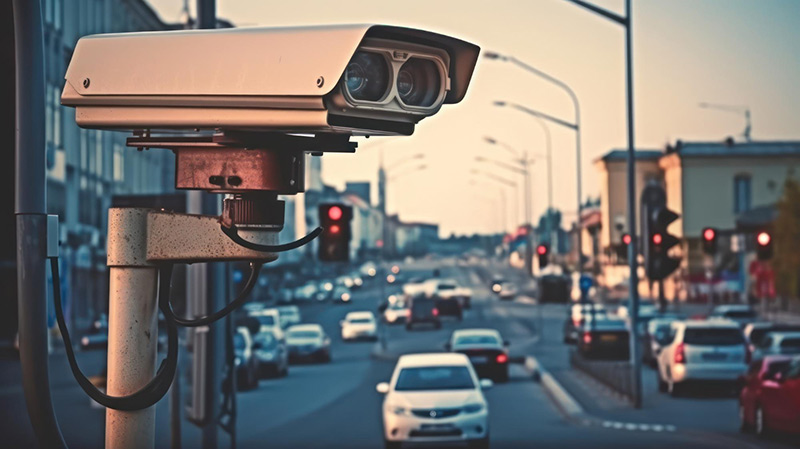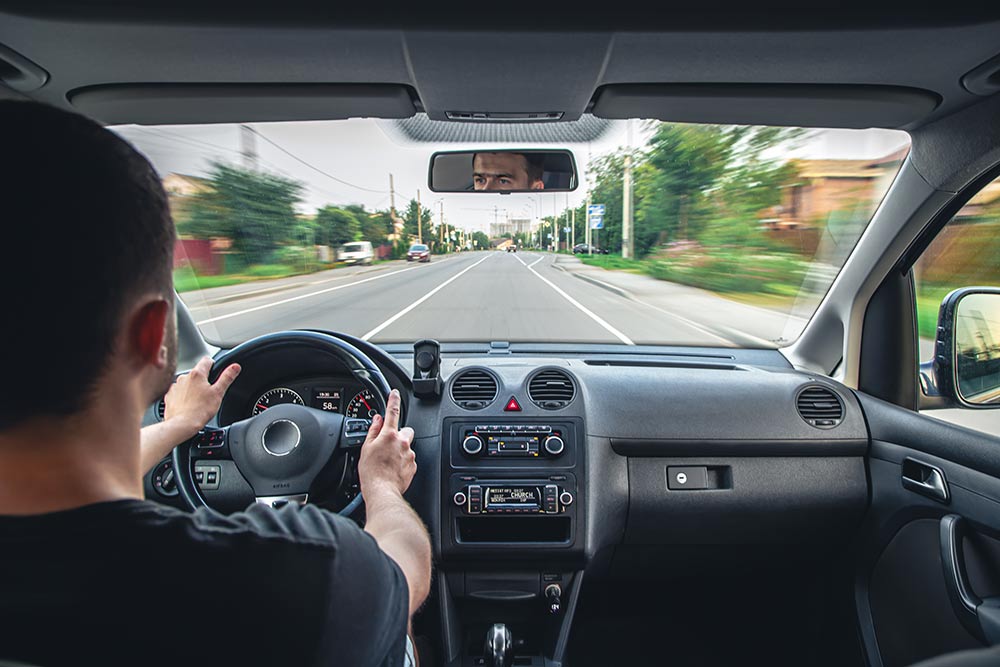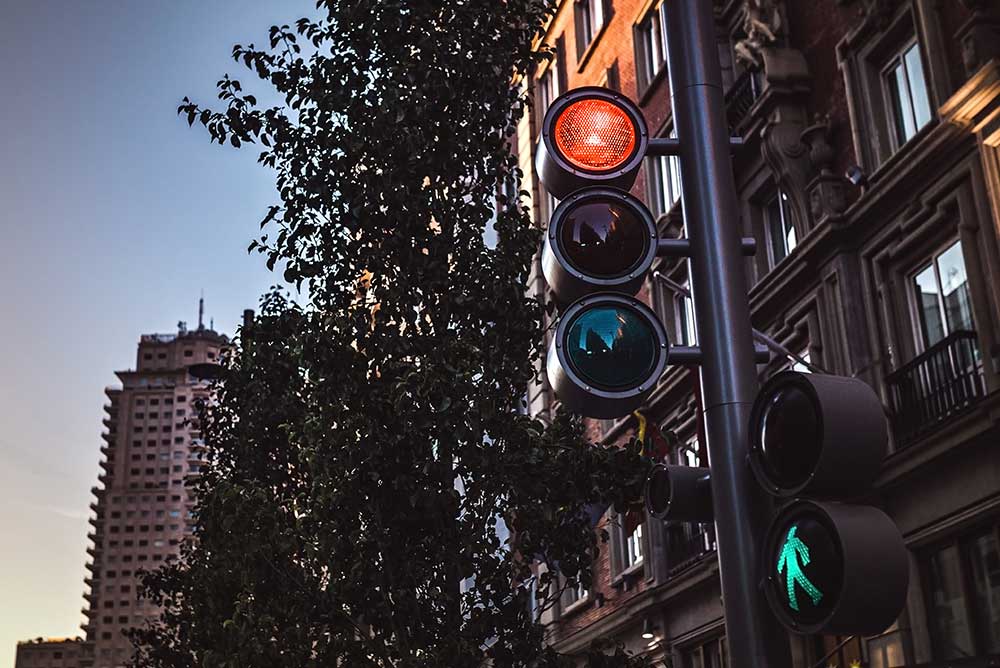We’ve all experienced that flash realizing you just got “caught” performing a Traffic Violation on Camera. These photos now play a pivotal role in the realm of legality and road safety. Perched on the edges of bustling intersections, these automated camera systems silently reshape the law enforcement on the road.
The Impact of Automated Traffic Enforcement
At the heart of this technological update are automated traffic enforcement systems. These digital cameras, capture indisputable evidence of traffic misdemeanours, and encourage deterrence. Their mission? To simultaneously catch and deter drivers from committing traffic offenses. In some instances the cameras are “dummy’s” not actually functioning. Simply their presence, aimed at drivers license plates while at the stop line is enough to keep drivers in line.
Legal and Public Response
Surveillance integration in traffic management has ushered in a complex ballet of legal adjustments and civic discourse. Each state governs the use of these devices, creating a range of legal interpretations and strategies. The public podium hosts a divided audience—some applaud the heightened security. In contrast, others criticize the perceived overreach and question the motives, painting them as governmental overtures for profit rather than safety.
The Road Paved with Challenges
Despite their benefits, traffic violation cameras face several challenges. The high installation and maintenance costs can be a barrier for many municipalities. Additionally, concerns about privacy and the technology’s accuracy persist, with critics arguing that cameras may not always capture the full context of a traffic violation, leading to potential legal disputes.
Looking forward, advancements in technology promise to refine the effectiveness of traffic cameras. Improved camera resolutions and the integration of artificial intelligence could lead to more accurate detection of violations and reduced false positives. Furthermore, the expansion of smart city initiatives may see traffic cameras being integrated with other technologies to create a more cohesive approach to urban traffic management.
The Future ofRoad Safety
Traffic violation photos are indisputably reshaping the dynamics of legal outcomes and the broader framework of traffic law enforcement. The continuous advancement and increased acceptance of these systems pave a promising route toward enhancing road safety. Yet, the full realization of automated enforcement systems’ potential hinges on progressive technological enhancements, comprehensive legal framework updates, and robust strategies for engaging the public.
For professionals involved in traffic management and urban planning, adopting these technological advancements and tackling the accompanying challenges are essential for leveraging traffic cameras’ full advantages. Controlling public trust and guaranteeing the equitable use of these technologies is imperative for preserving their effectiveness and authenticity.
For those interested in how traffic violation cameras can serve their community, it is advisable to reach out to traffic safety experts and delve into the latest developments in traffic enforcement technology. To understand how these systems can help mitigate speeding ticket risks and reduce red light ticket infractions, consult professionals who can provide insights and solutions tailored to your community’s needs.





